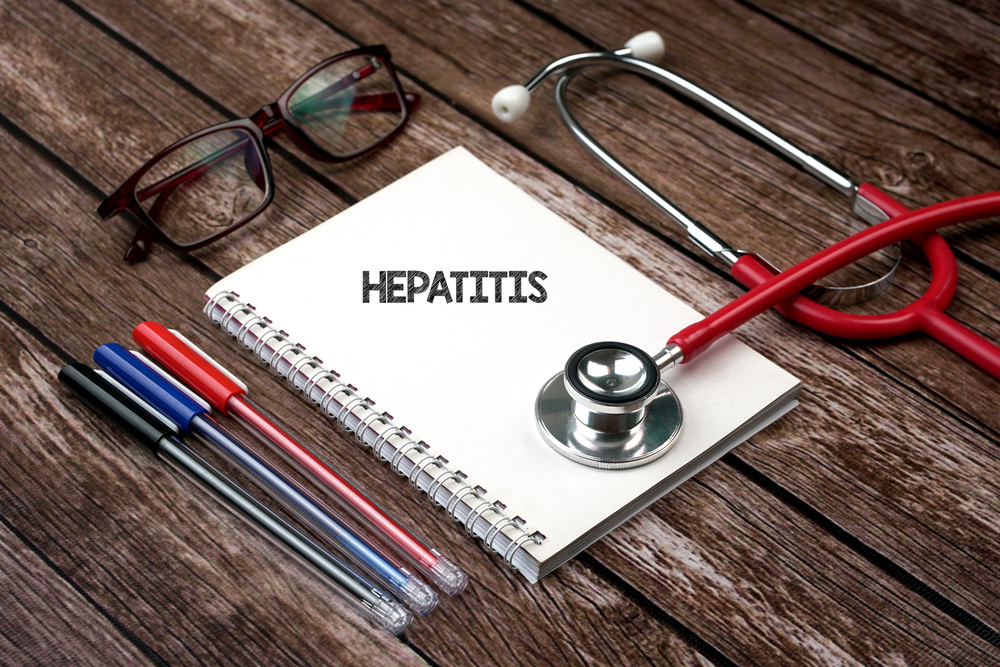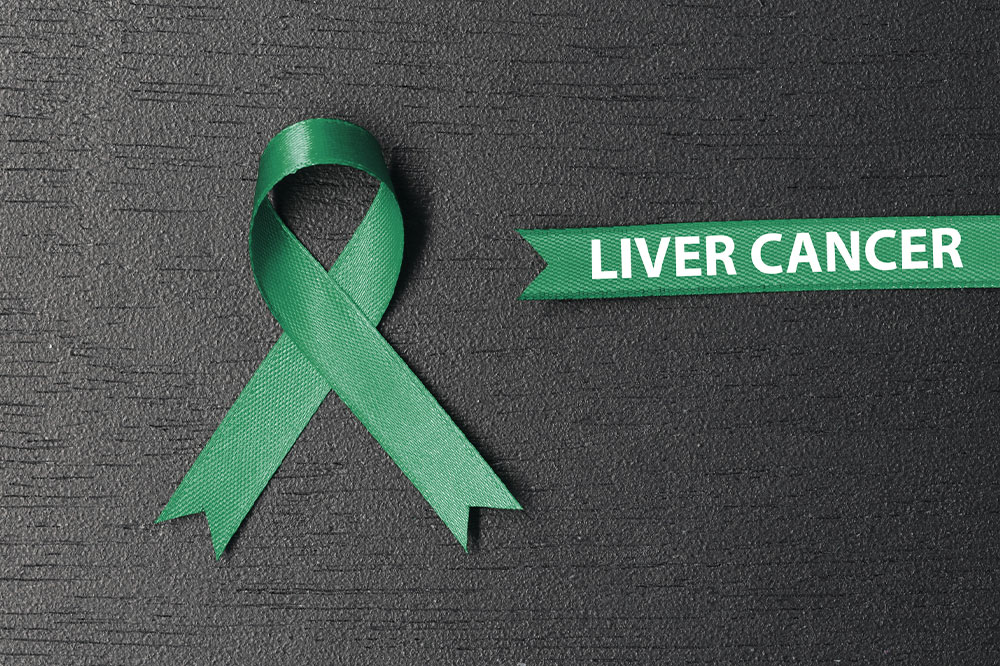Understanding the Top 4 Causes of Elevated Bilirubin Levels and Their Health Implications
This detailed article explores the top four causes of elevated bilirubin levels, including gallbladder and bile duct issues, liver diseases, hemolytic anemia, and medication effects. It discusses how these conditions impact bilirubin processing, symptoms to watch for, and the importance of early diagnosis and targeted treatment to prevent serious health complications.

Understanding the Top 4 Causes of Elevated Bilirubin Levels and Their Health Implications
Bilirubin is a yellowish pigment that results from the natural breakdown of red blood cells in our body. It plays a crucial role in the body's waste removal process through bile, which is secreted by the liver and helps digest fats. Under normal circumstances, bilirubin is processed efficiently, maintaining a delicate balance that keeps its levels within a healthy range. However, when bilirubin accumulates beyond this normal range, it can lead to a range of health issues, most notably jaundice, which manifests as yellowing of the skin and eyes. Understanding the underlying causes of elevated bilirubin levels is vital for proper diagnosis, treatment, and prevention of potential complications.
This comprehensive guide explores the four primary reasons behind increased bilirubin in the bloodstream, their symptoms, and the importance of medical intervention. Whether caused by gallbladder issues, liver diseases, abnormal red blood cell destruction, or medication effects, each condition requires specific attention and management strategies.
Gallbladder and Bile Duct Disorders: The gallbladder and bile ducts are essential components of the digestive system responsible for storing and transporting bile. When these structures are damaged or obstructed, typically due to gallstones, inflammation, or tumors, bile flow becomes hindered. This stagnation causes an increase in bilirubin levels because the pigment cannot be adequately excreted. Conditions such as cholestasis—a blockage of bile flow—are common culprits. Patients may experience symptoms like abdominal pain, nausea, dark urine, and yellowing of the skin and eyes. Diagnostic procedures such as ultrasound and MRCP (Magnetic Resonance Cholangiopancreatography) help identify blockages or damages.
Liver Conditions: The liver is a vital organ involved in processing bilirubin. Diseases affecting the liver’s ability to function effectively—such as hepatitis, cirrhosis, fatty liver disease, or liver cancer—can impair the conversion of bilirubin into a form that can be excreted. As a result, unconjugated bilirubin builds up in the bloodstream, leading to jaundice. Liver damage may be caused by alcohol abuse, viral infections, autoimmune diseases, or drug toxicity. Liver function tests, biopsies, and imaging studies are crucial for diagnosing liver-related causes of hyperbilirubinemia.
Hemolytic Anemia: Hemolytic anemia is a condition characterized by the premature destruction of red blood cells. Normally, red blood cells have a lifespan of about 120 days, but in hemolytic anemia, they are destroyed faster than they can be replaced. The breakdown of these cells releases hemoglobin, which is metabolized into bilirubin. When this process happens excessively, it overwhelms the liver’s capacity to process bilirubin, leading to elevated levels. Autoimmune diseases like lupus, certain infections, or inherited conditions such as spherocytosis or G6PD deficiency can trigger hemolytic anemia. Symptoms include fatigue, pallor, shortness of breath, and jaundice. Blood tests and a direct Coombs test are important diagnostic tools.
Medication Effects: Certain medications and drugs can adversely affect bilirubin levels by damaging the liver or interfering with its ability to process bilirubin efficiently. For instance, some antibiotics used in gout treatment, psychiatric medications, estrogens, and corticosteroids have been associated with liver toxicity. These drugs can cause cholestasis or liver inflammation, leading to the accumulation of bilirubin. Patients on long-term medication regimens should be monitored regularly through blood tests to detect any signs of liver impairment early. Recognizing drug-induced hyperbilirubinemia is essential to prevent further liver damage and adjust medication accordingly.
In summary, elevated bilirubin levels can result from a range of health issues involving the liver, gallbladder, blood cells, or medication use. Persistent jaundice and abnormal blood test results warrant prompt evaluation by healthcare professionals to identify the root cause and initiate appropriate treatment. Managing these underlying conditions effectively can prevent serious complications such as liver failure, severe anemia, or systemic infections.
If you experience symptoms like yellowing of the skin or eyes, dark urine, nausea, or abdominal pain, seek medical attention promptly. Early diagnosis and intervention are key to optimizing outcomes and maintaining overall health. Regular health screening and blood tests are also recommended for individuals at risk, such as those with a family history of liver disease, autoimmune disorders, or those taking medications known to affect liver function.





